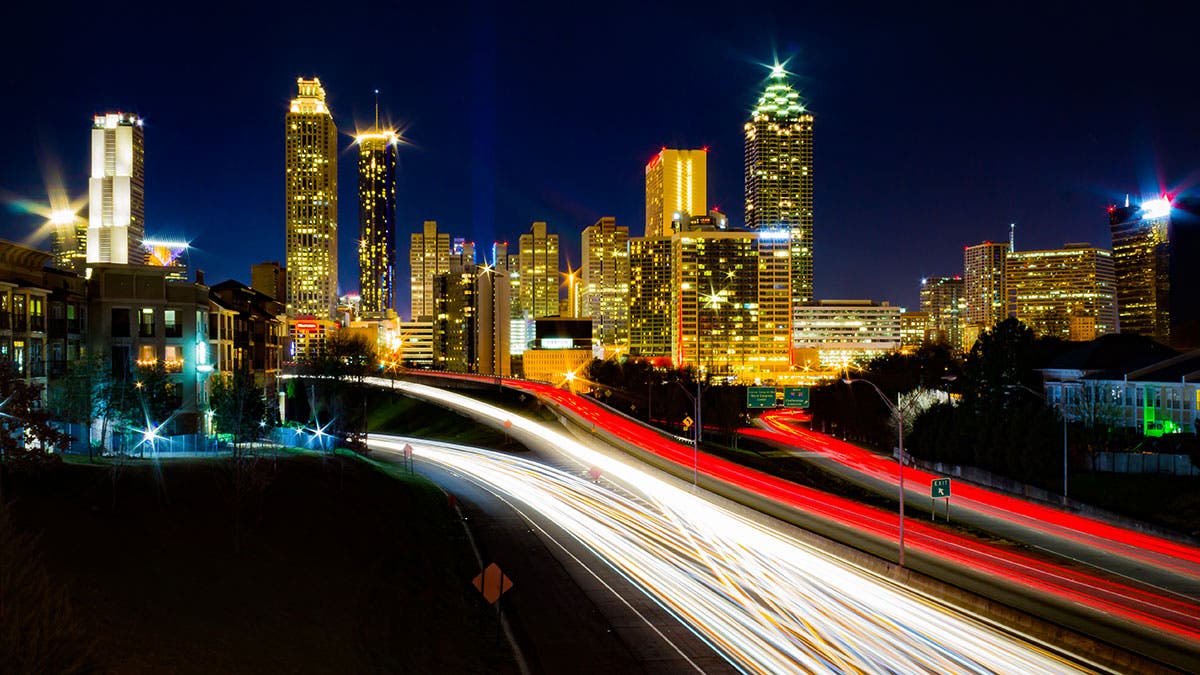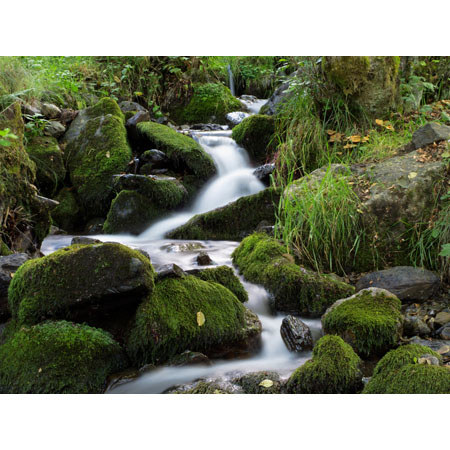
Overview
Compare
Accessories
Protection
Reviews about this item
Review Summary
2017-05-11T11:28:46
Rated 5 out of 5
Beauty In Nature
Nice motion and composition!
Jim O.
2016-10-28T23:56:55
Rated 5 out of 5
Good value
Excellent filter
STOYCHO S.
2014-04-05T21:00:00
Rated 5 out of 5
Case Study: Hoya NDX400 Red Haze Mystery
This is my second review and I am correcting the first one. It turned out that the red haze appearing on the image is cause by a light leak from the viewfinder. So I tried covering it with my black gloves. All images are shot at f/22. Those images with the silky smooth water flowing without the red haze are the ones wherein I covered the viewfinder. Thanks to a friend of mine who gave me the tip and heaven sent, genius extraordinaire Jim Ramsay!
jon
2013-10-06T21:00:00
Rated 4 out of 5
Does what it's supposed to
I've used this product a couple of times at the beach. Was able to get a nice blurry effect of the water. The only thing you need to watch out for is to not touch the filter directly with your fingers because it will make it harder to remove the spot. The glass is very delicate and easily dirtied.
Hrkljus
2013-06-17T21:00:00
Rated 4 out of 5
Hoya 77mm Neutral Density ND-400 X
Still learning how to use the filter but I love the possibilities it affords for water effects.
STEPHEN S.
2013-04-22T21:00:00
Rated 4 out of 5
Great for long exposure on a sunny day
Really helps me achieve the long exposure shots when the sun is shining bright
John
2013-03-26T21:00:00
Rated 5 out of 5
Excellent For Slow Shutter Water
The density is enough to provide a really long exposure even in brighter conditions. This is excellent if you like a slow shutter on moving water. Double check your focusing with Live View. I also find that I need to double and sometimes triple the exposure time the meter comes up with (e.g. use 6 sec instead of 2 sec). My best results are at iso 100 to keep long exposure noise to a minimum.
RCHARD C.
2013-03-26T21:00:00
Rated 5 out of 5
No loss light reduction
I expected that any additional glass in front of my lens would degrade the image quality. but after a long hike and may waterfalls later I think this is one of the best things I ever bought. images have no detectable color cast or loss of sharpness and still max out the resolution of my 5D mkII sensor. The example photo was taken with Canon 28-70 f2.8L 15 sec exposure f7.1 ISO100
Mark
2013-02-04T19:00:00
Rated 2 out of 5
Look around before you buy
This product was not helpful at all
DAVID F.
2013-01-21T19:00:00
Rated 5 out of 5
Hoya 9 stop filter
This filter is great. I found the need to prefocus the lens and then put the filter on. Also important to shoot in complete manual mode. Provides shorter times than my buddy's 10 stopper, but it's about 2/3 the price. Great value
MICHAEL H.
2012-12-22T19:00:00
Rated 5 out of 5
Great for special effects, very useful!
I love this ND filter, Its another handy tool that every photographer should have in there camera bag...Im happy to say that I DEFINITELY got my moneys worth. One tip when using the ND filter, make sure you cover the viewfinder.
Aral's P.
2012-12-18T19:00:00
Rated 5 out of 5
Never get better
I've been using the same filter but of a smaller size 67mm on Nikon D90 and 18-105mm lens, when i upgraded my gear to Nikon D800 and 24-70mm 2.8 i bought the 77mm filter to fit the new lens. And it turn out its as good as the smaller size. A gr8 ND filter to get long exposure shots in the mid of the day.
Ammar S.
2012-12-16T19:00:00
Rated 5 out of 5
Best ND Filter I Have.
I uesd to take long exposure without ND filter and not satistied. When I ordered this filter with Adorama and tried it the first time the photos I made are very satisfactory. It is affordable, and durable. The only hard thing is you have to focus then attach the filter to get a sharp image.
NELSON S.
2012-05-27T21:00:00
Rated 4 out of 5
ND-400 Review
I bought it for the eclipse on the west coast. It worked well but it was still not dark enough to do a timelapse. I will now use it for daylight Landscapes to smooth the water and clouds.
RUDY D.
2012-05-23T21:00:00
Rated 5 out of 5
Outstanding Value
Be warned! This is an extemely dark ND filter. I purchased it to photograph dams and such that are in direct sunlight and it works perfectly for that situation. Might be TOO DARK for subjects under a thick forest canopy.
Ender84
2011-11-12T19:00:00
Rated 3 out of 5
Quality Control issue
The glass element popped out the first time i used this filter. Sent it to Hoya for repair under warranty. They replaced it but the washer that holds the glass element in place is warped. This isn't the only filter that weak construction was an issue.
monochromatics
2011-10-02T21:00:00
Rated 2 out of 5
functional but poor construction
First time I go out to use it, the metal washer, or fitting, or whatever it is called, that is in place to hold the glass in place, begins to unravel. How much did I spend on this filter? No, it shouldn't fail me the very first time I use it. Hoya definitely has a quality control issue--this has happened to other filters, but at least those other filters lasted a while before it started to happen. The only reason this product is receiving two stars instead of one is because, if the construction were sound, the glass element itself would perform perfectly. Hoya address your quality control issues.
JASON M.
2011-09-22T21:00:00
Rated 5 out of 5
Great extreme density neutral filter
Great for long exposures. Highly recommended!!
Thibault R.
2011-09-22T21:00:00
Rated 5 out of 5
Great extreme density neutral filter
Great filter. You can't make a mistake with this one!
Thib
2009-02-21T19:00:00
Rated 5 out of 5
Great for special effects...
Perfect for long exposures, extremely bright shots, or losing people/vehicles/etc in landscape shots. Not everyone needs this, but if you this is a valuable filter to own.
78Staff
2008-07-22T21:00:00
Rated 5 out of 5
Very useful, absolutely no problem
I use for long exposures in very bright conditions and it works very well
moszkito
Select a plan in the Add Protection section above and purchase with this product by clicking “Add to Cart”.
TRUSTED PROTECTION PLANS, EXCEPTIONAL SERVICE.
Invest In Your Gear and Peace Of Mind!
Accidents happen where life happens. Protect your favorite Adorama products and purchase a protection plan to stay covered from accidental damage, mechanical or electrical failure, and more.
Repair or Replacement
If we can’t fix it, we’ll replace it at no additional cost.
Accidental Damage
Protect your product from drops, spills, and more.
Peace of Mind
Enjoy your gear without fear. We have you covered!
Malfunction Protection
When regular use of your product over time results in mechanical or electrical failure.
Zero Deductible
We will never charge you a deductible after the purchase of a plan.
Customer-Focused Support
Our claims process is simple & easy and our customer service team is happy to help.
Adorama Protect powered by Extend is available for purchase to customers in the United States. Not available for purchase Internationally or in U.S. Territories.
Browse our FAQ
6 Accessories for Hoya 77mm Neutral Density ND-400 X, 9 Stop Multi-Coated Glass Filter
- All Accessories (6)
- Bags & Cases (2)
- Tools (1)
- Cleaning Accessories (2)
- Lens Caps (1)
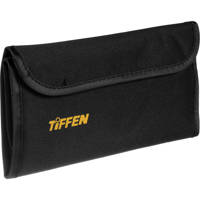
Tiffen Filter Wallet for Up to 6 Filters
$13.99
Recommended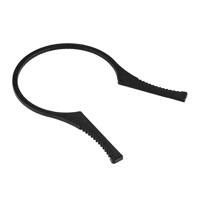
Adorama Filter Wrench for 62mm-77mm Filters,
$4.95
Recommended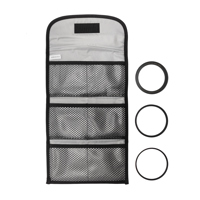
Slinger Filter Wallet "P" Holds 6x 82mm Round or 6x Square Filters,Black
$13.95
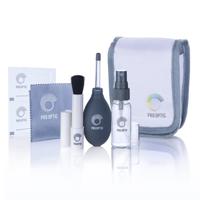
ProOptic Complete Optics Care and Cleaning Kit
$19.95

Pioneer 88MCC Photo Cleaning Cloth 8 x 8 Microfiber
$3.95
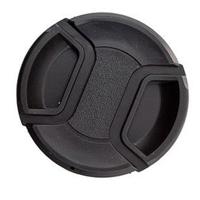
ProOPTIC 77mm Center Pinch Lens Cap
$4.95
About Hoya 77mm Neutral Density ND-400 X Multi-Coated (HMC) Glass Filter
FEATURED REVIEWS
Best ND Filter I Have.
By NELSON S.
I uesd to take long exposure without ND filter and not satistied. When I ordered this filter with Adorama and tried it the first time the photos I made are very satisfactory. It is affordable, and durable. The only hard thing is you have to focus then attach the filter to get a sharp image.
Great for special effects, very useful!
By Aral's P.
I love this ND filter, Its another handy tool that every photographer should have in there camera bag...Im happy to say that I DEFINITELY got my moneys worth. One tip when using the ND filter, make sure you cover the viewfinder.
Photographing solar eclipses and ultra-bright light sources can be extremely dangerous. This filter reduces light values by 9 stops to less than 1/500th of its original intensity and allows safe photography.
It can also be used to achieve super slow shutter speeds in daylight to render moving subjects invisible, and will enable you to use slow shutter speeds, especially with high speed films, to record movement in subjects such as waterfalls, clouds, vehicles, etc.
It will also decrease depth of field by allowing wider apertures to be used, which helps separate subjects from their background. And this filter allows you to decrease the effective ISO of high speed film (above ISO 400) so it can be used outdoors in bright situations.
Neutral Density filters have no effect on color balance, appear grey and reduce the amount of light reaching the film. Multi-coating minimizes reflection at the filter surfaces which reduces flare as well as ghosting.
Hoya 77mm Neutral Density ND-400 X Multi-Coated (HMC) Glass Filter Features
- Neutral Density Factor 2.7 / 400 x
- Exposure Adjustment approximatly 9 Stops
- Reduces ISO 1/500
Key Features
- Neutral Density Factor 2.7 / 400 x
- Exposure Adjustment approximatly 9 Stops
- Reduces ISO 1/500
